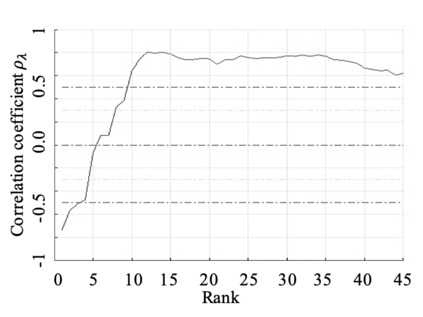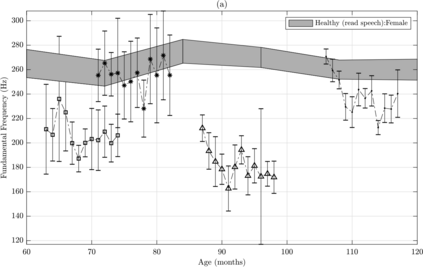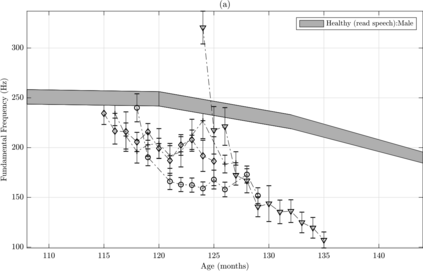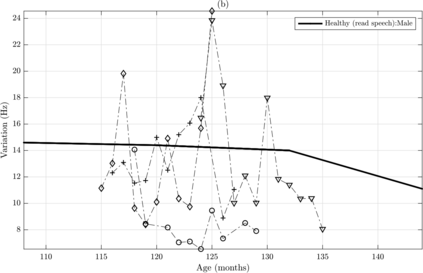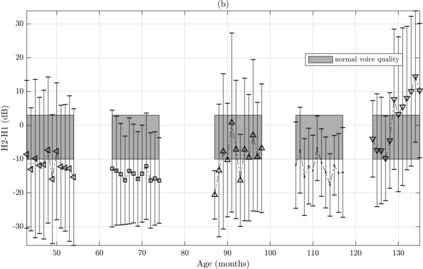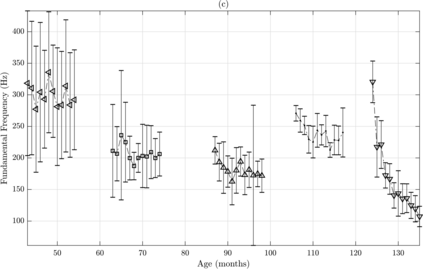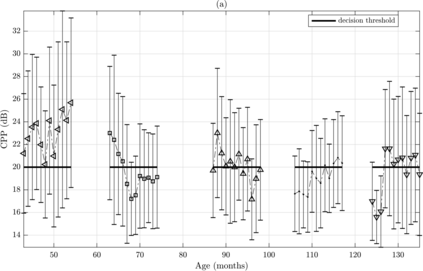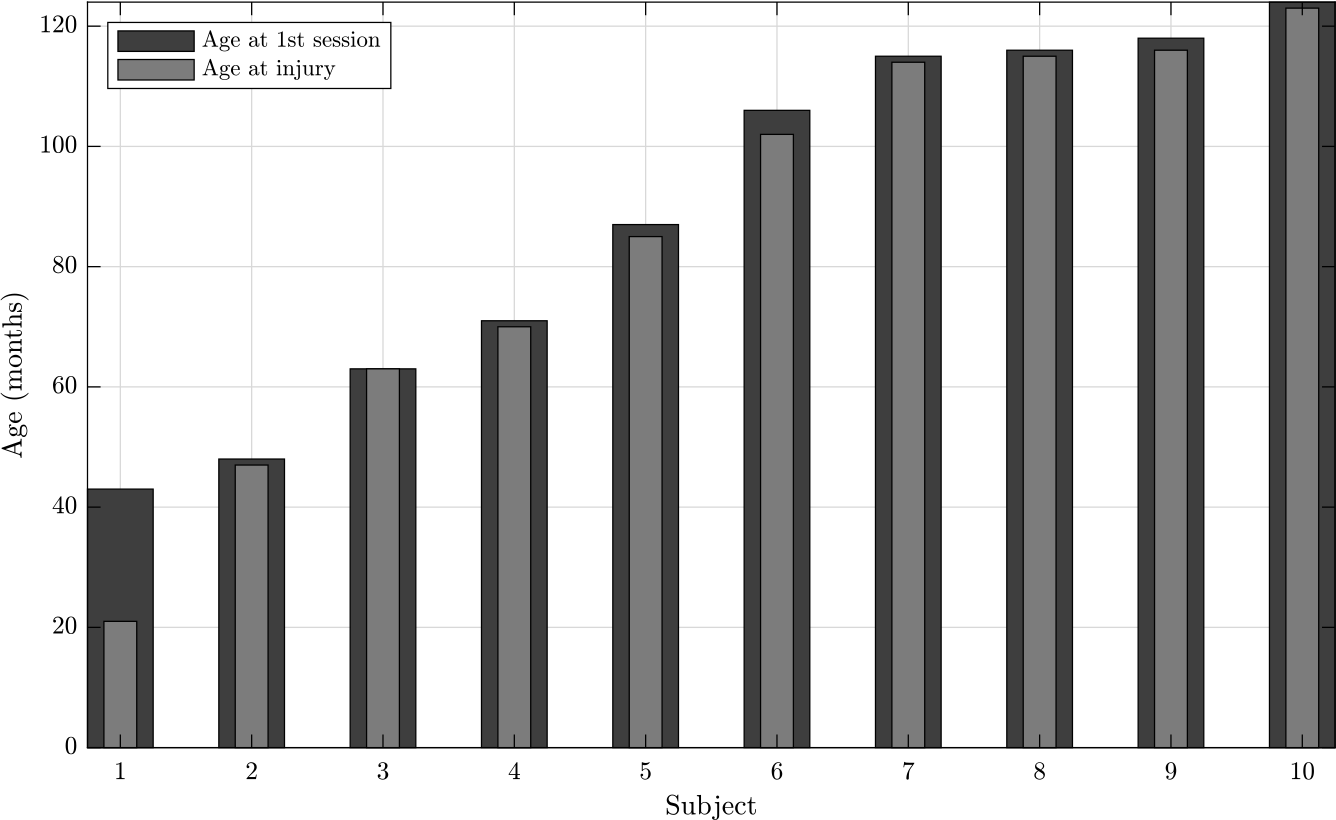Recommendations for common outcome measures following pediatric traumatic brain injury (TBI) support the integration of instrumental measurements alongside perceptual assessment in recovery and treatment plans. A comprehensive set of sensitive, robust and non-invasive measurements is therefore essential in assessing variations in speech characteristics over time following pediatric TBI. In this article, we study the changes in the acoustic speech patterns of a pediatric cohort of ten subjects diagnosed with severe TBI. We extract a diverse set of both well-known and novel acoustic features from child speech recorded throughout the year after the child produced intelligible words. These features are analyzed individually and by speech subsystem, within-subject and across the cohort. As a group, older children exhibit highly significant (p<0.01) increases in pitch variation and phoneme diversity, shortened pause length, and steadying articulation rate variability. Younger children exhibit similar steadied rate variability alongside an increase in formant-based articulation complexity. Correlation analysis of the feature set with age and comparisons to normative developmental data confirm that age at injury plays a significant role in framing the recovery trajectory. Nearly all speech features significantly change (p<0.05) for the cohort as a whole, confirming that acoustic measures supplementing perceptual assessment are needed to identify efficacious treatment targets for speech therapy following TBI.
翻译:在小儿创伤性脑损伤(TBI)之后,关于共同结果措施的建议支持将工具性测量与感官评估相结合,在康复和治疗计划中进行感官评估。因此,一整套敏感、稳健和非侵入性综合测量对于评估儿科TBI之后一段时间内语言特征的变化至关重要。在本篇文章中,我们研究了10个经诊断患有严重创伤性脑损伤的10个学科的儿科组的声学语言模式的变化。我们从儿童发声后全年记录的儿童言语中抽取一套广为人知的和新颖的声学特征,这些特征通过语言子系统、本科和整个组别分别和通过语言子系统进行分析。作为一个群体,年长的儿童在音频变异和电话多样性、缩短暂停长度和稳步表达率变化方面表现出了显著的显著(p < 0.01) 增长。Young儿童表现出类似的恒定率变异,同时增加了以形式为基础的表达复杂性。根据年龄和与规范性发展数据的对比分析结果证实,受伤年龄在构建恢复轨迹方面起着重要作用。几乎所有的语音变化(p < 0.05)都显著地显示,作为整个组内需要的心理治疗指标评估指标。


